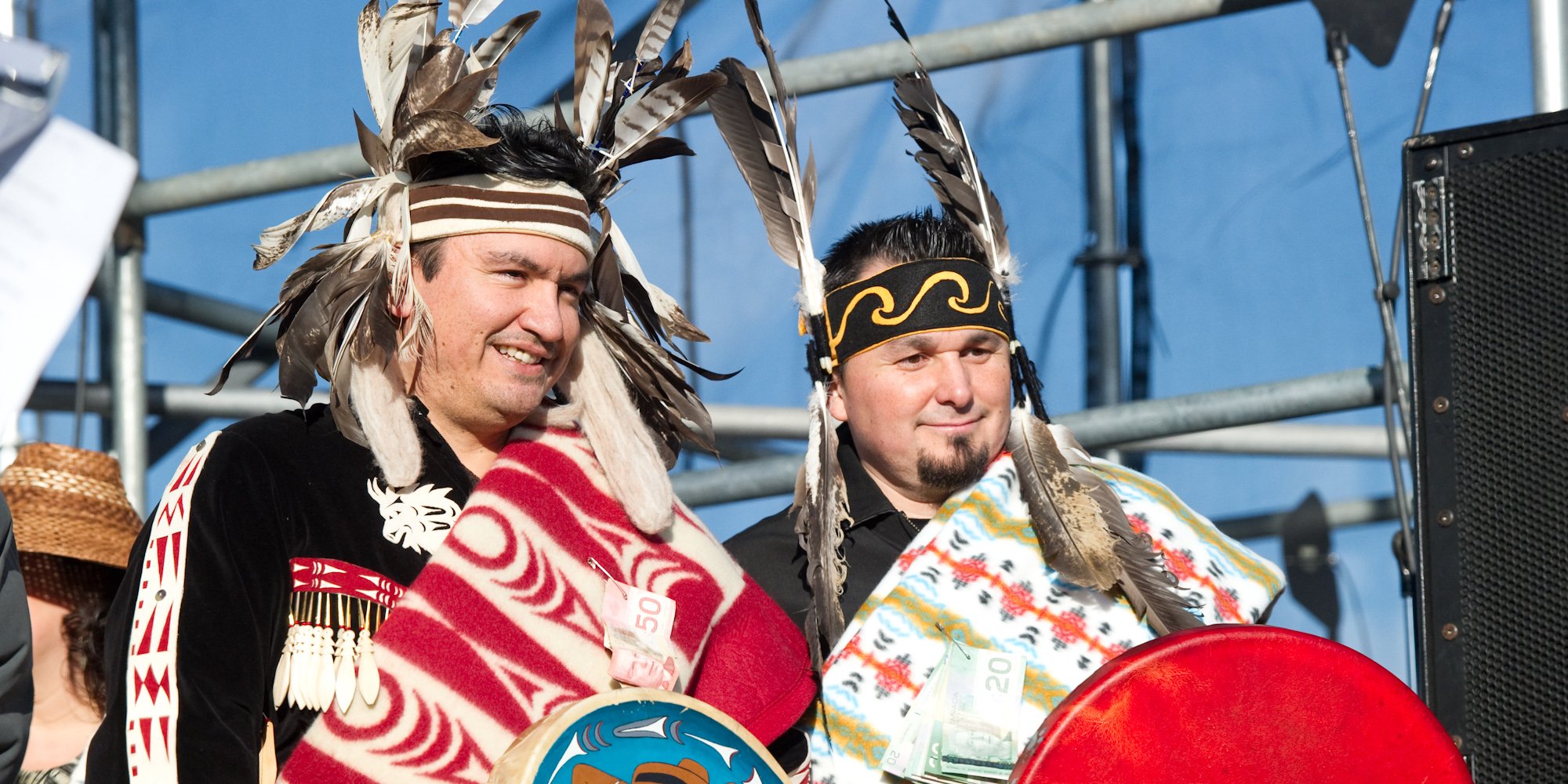9 Terms to Avoid in Communications with Indigenous Peoples
Language has the power to respect and honour, or, hurt and offend and that is particularly true when working across cultures. Within that frame of...

Indigenous relations is an evolving field, especially now in light of the federal government’s commitment to negotiation on a nation-to-nation basis. Over the years we’ve looked at strategies and talked to people about what makes a successful strategy.
While each organization has a unique strategy that fits its corporate culture, there are some common elements:
Work closely with the Indigenous community to identify business development opportunities that are a fit with the community. Take the time to ensure your organization has a systemic understanding of the community’s culture and worldview. In order to discover what business development options might be a fit you will have to do your due diligence:
Viable, respectful employment opportunities are a major consideration and goal for almost every Indigenous community.
Resource Revenue Sharing is a critical component of successful Indigenous relations strategies. A number of provincial and territorial governments, but not all, have negotiated agreements with Indigenous communities to share revenue generated from resource development. There is nothing that forces us to do this but for the private sector, it can be a game-changer when it comes to achieving community support for a project. Here’s a perspective worth considering for your Indigenous relations strategy.
Businesses have argued that they should not be responsible for the entire cost of making deals with Aboriginal communities work. First Nations have advocated revenue sharing for many years. Chief Perry Bellegarde of the Federation of Saskatchewan Indian Nations has said “We did not cede (or) relinquish (resource rights). We said we’d share this land. The treaties were not meant to make one side poor and one side rich.” In his new role as National Chief of the Assembly of First Nations, Chief Bellegarde has been just as clear: “We will no longer accept poverty and hopelessness while resource companies and governments grow fat off our lands and territories and resources. If our lands and resources are to be developed, it will be done only with our fair share of the royalties, with our ownership of the resources and jobs for our people. It will be done on our terms and our timeline” (Kennedy, Postmedia News, and Warnica 11 December 2014).
Ken S. Coates, January 2015
A donations program is not a handout... it provides a hand-up. There are endless ways your company can provide a hand up thereby creating a positive legacy. Helping just one person improve their ability to access good education or skills training can have a positive impact on the entire community. Ideas for financial and in-kind donations include:
The key principle of an effective communications strategy is respect for your audience. Respectful communications with an Indigenous community create the foundation for a two-way exchange of information, and without that back-and-forth flow, you are at risk of not picking up on community sentiment about your project. Here are some suggestions for respectful communication:
This is increasingly becoming a standard for corporations. The Truth and Reconciliation Commission Calls-to-Action included a call to action for the corporate sector. Awareness of the history of government policies of assimilation and how those policies continue to impact Indigenous Peoples is necessary training for your team. If you have Indigenous hires, and you should, you need to ensure that the people coming into contact with them have taken cultural competency training and that your worksite is culturally inclusive.
Here’s the call to action for the business sector:
Business and Reconciliation
92. We call upon the corporate sector in Canada to adopt the United Nations Declaration on the Rights of Indigenous Peoples as a reconciliation framework and to apply its principles, norms, and standards to corporate policy and core operational activities involving Indigenous peoples and their lands and resources. This would include, but not be limited to, the following:
i. Commit to meaningful consultation, building respectful relationships, and obtaining the free, prior, and informed consent of Indigenous peoples before proceeding with economic development projects.
ii. Ensure that Aboriginal peoples have equitable access to jobs, training, and education opportunities in the corporate sector and that Aboriginal communities gain long-term sustainable benefits from economic development projects.
iii. Provide education for management and staff on the history of Aboriginal peoples, including the history and legacy of residential schools, the United Nations Declaration on the Rights of Indigenous Peoples, Treaties and Aboriginal rights, Indigenous law, and Aboriginal–Crown relations. This will require skills-based training in intercultural competency, conflict resolution, human rights, and anti-racism.
We offer everything from Indigenous Awareness training to Working Effectively with Indigenous Peoples® and beyond!
Effective negotiations with Indigenous communities are supported by a strong, trusting relationship. The commitment you put into building the relationship long before everyone sits down at the negotiating table will be time and effort well spent. Here are some suggestions to keep in mind before you enter negotiations:
These are just some of the common elements of a successful Indigenous relations strategy that will benefit your organization and the Indigenous community you work with. Indigenous Corporate Training's Indigenous Consultation & Engagement course is a great option for learning more.
Featured photo: Coast Salish drummers. Photo: Vancouver 125, Flickr

Language has the power to respect and honour, or, hurt and offend and that is particularly true when working across cultures. Within that frame of...

In Why Buying Authentic Indigenous Art is Important I talked about the cultural and economic impact knock-off art has on Indigenous artists and...

Effective negotiations with Indigenous communities require your team to have a deep understanding of the community with which you hope to work. This...